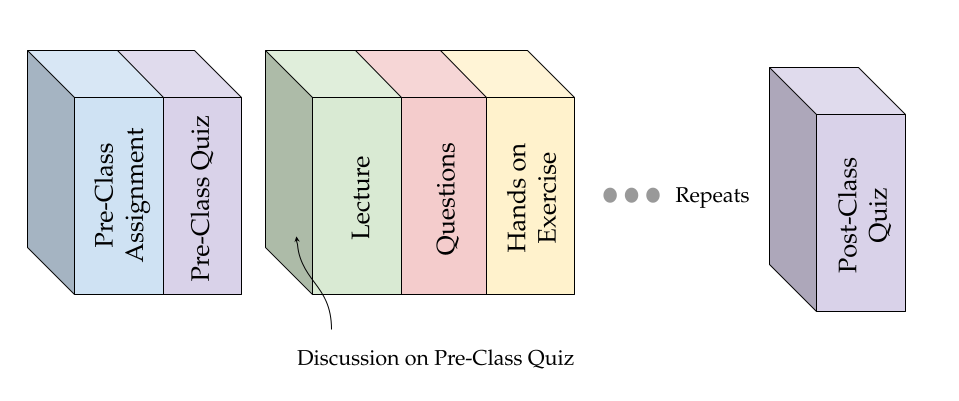Your journey in Deep Learning has lead you here. You are now an expert at building everything from computer vision to language to generative to reinforcement models. Those awesome models you trained now sit in notebook files right? What if you want to give life 🌱 to these models? Maybe build an AI powered App 😁
This brings us to AI5!
Welcome to AI5!
This course aims to review existing Deep Learning flow while applying it to a real-world problem. Then we will build and deploy an application that uses the deep learning model to understand how to productionize models. This course follows the Univ.AI model of balancing between concept, theory, and implementation.
At the end of this course, you will build efficient models and design, build and deploy applications that scale.
This page introduces you to the team, the basic instructions, the schedule, and various elements of our class.
The Team
Dr. Pavlos Protopapas

- Scientific Director of the Institute for Applied Computational Science (IACS).
- Teaches Introduction to Data Science (CS109a), Advanced Topics in Data Science (CS109b) and Advanced Practical Data Science (AC215).
- He is a leader in astrostatistics and he is excited about the new telescopes coming online in the next few years.
You can read more about him here.
Dr. Ignacio Becker

- Astronomer currently pursuing a Ph.D. in Computer Science at Pontificia Universidad Católica in Chile.
- His main area of research is applied AI to astrophysical problems.
- Nowadays, he focuses on developing models to process the real-time data of the next generation of telescopes.
Teaching Assistants
Click on avatars of the TAs to know more about them.





The Coursework
We have very carefully designed the coursework to give you, the student, a wholesome learning experience.
Each week shall include:
- 1 Session
- Office hours
Session - What to expect

Before the session begins, students are expected to complete a pre-class reading assignment and and attempt a quiz based on the same.
A session will have the following pedagogy layout which will be repeated three times:
- Approx. 15 minutes of live online instruction followed by approx 15 minutes of Q/A + Quiz + Exercises.
- Sessions will help students develop the intuition for the core concepts, provide the necessary mathematical background, and provide guidance on technical details.
- Sessions will be accompanied by relevant examples to clarify key concepts and techniques.
After the session, students are expected to complete a short post-class quiz based on the principal concepts covered in class.

Course Pre-Requisites
Your are expected to know the following:
- Good working knowledge of python
- Good understanding on the
TensorflowDeep Learning framework - Basic shell commands
Install Docker
Install Docker Desktop for your operating system.
Install VSCode
Follow the instructions for your operating system.
If you already have a preferred text editor, skip this step.
Diversity & Inclusion
We actively seek and welcome people of diverse identities, from across the spectrum of disciplines and methods since Artificial Intelligence (AI) increasingly mediates our social, cultural, economic, and political interactions [1].
We believe in creating and maintaining an inclusive learning environment where all members feel safe, respected, and capable of producing their best work.
We commit to an experience for all participants that is free from – Harassment, bullying, and discrimination which includes but is not limited to:
- Offensive comments related to age, race, religion, creed, color, gender (including transgender/gender identity/gender expression), sexual orientation, medical condition, physical or intellectual disability, pregnancy, or medical conditions, national origin or ancestry.
- Intimidation, personal attacks, harassment, unnecessary disruption of talks during any of the learning activities.
Reference:
[1] K. Stathoulopoulos and J. C. Mateos-Garcia, “Gender Diversity in AI Research,” SSRN Electronic Journal, 2019 [Online]. Available: http://dx.doi.org/10.2139/ssrn.3428240.